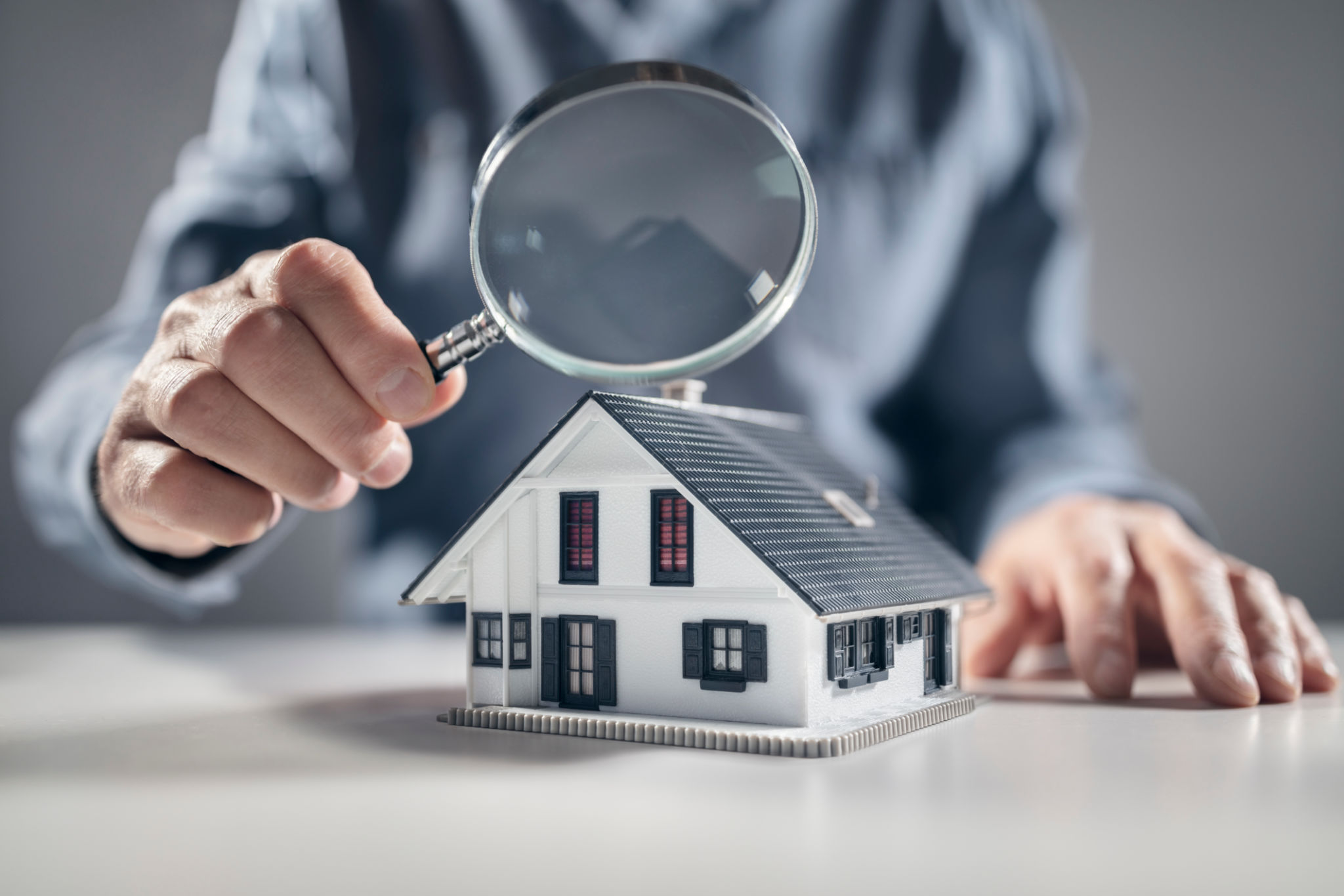Proactive Problem Identification: The Key to Cost-Effective Property Management
In the fast-paced world of property management, being proactive rather than reactive can make all the difference in maintaining cost-effectiveness. Identifying potential problems before they escalate not only saves money but also time and resources. A strategic approach to problem identification is essential for property managers who aim to optimize operations and ensure tenant satisfaction.

The Importance of Proactive Problem Identification
Being proactive in property management involves anticipating issues and addressing them before they become significant problems. This approach can significantly reduce maintenance costs, prevent property damage, and enhance the tenant experience. It's about staying one step ahead and ensuring that minor repairs do not become costly overhauls.
Proactive problem identification allows property managers to plan and budget more effectively. By addressing issues early, managers can allocate resources more efficiently and avoid unexpected financial burdens. This strategic foresight is a cornerstone of cost-effective property management.
Techniques for Early Detection
There are several techniques that property managers can employ to identify potential problems early. Regular inspections are crucial for spotting wear and tear or other issues that might not be immediately apparent. Utilizing technology such as sensors and smart home devices can also provide valuable data on the property's condition.

Implementing a robust reporting system is another effective method. Encouraging tenants to report minor issues before they escalate can help managers address problems promptly. This approach not only aids in early detection but also fosters a sense of community and responsibility among tenants.
Leveraging Technology for Proactive Management
Technology plays a vital role in proactive problem identification. Smart home systems, IoT devices, and property management software can provide real-time data and analytics, highlighting maintenance needs before they become urgent. These tools enable property managers to monitor properties remotely, offering a comprehensive view of the property's health at any given time.
By integrating technology into daily operations, property managers can streamline their processes, reduce manual labor, and improve accuracy in problem detection. This integration ultimately leads to more efficient and cost-effective management practices.

Cost Benefits of Proactive Management
Adopting a proactive approach to problem identification offers significant cost benefits. By preventing major repairs and minimizing downtime, property managers can maintain property value and tenant satisfaction. This approach also helps in extending the lifespan of building components, reducing the need for frequent replacements.
Moreover, proactive management enhances tenant retention by providing a safe and well-maintained living environment. Happy tenants are less likely to move out, reducing turnover rates and associated costs of leasing to new tenants.
Building a Culture of Prevention
Creating a culture of prevention within a property management team involves training staff to recognize potential issues and encouraging open communication with tenants. Regular training sessions can equip staff with the skills needed to identify early signs of trouble.
Additionally, fostering strong relationships with tenants can lead to better communication and trust. When tenants feel comfortable reporting issues, property managers can address them swiftly, maintaining a high standard of living within the property.

In conclusion, proactive problem identification is a key strategy for cost-effective property management. By utilizing technology, promoting early detection techniques, and fostering a culture of prevention, property managers can maintain their properties efficiently and keep costs under control. This approach not only benefits the bottom line but also enhances tenant satisfaction and retention.